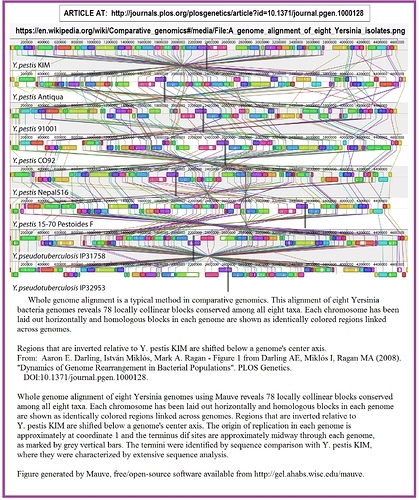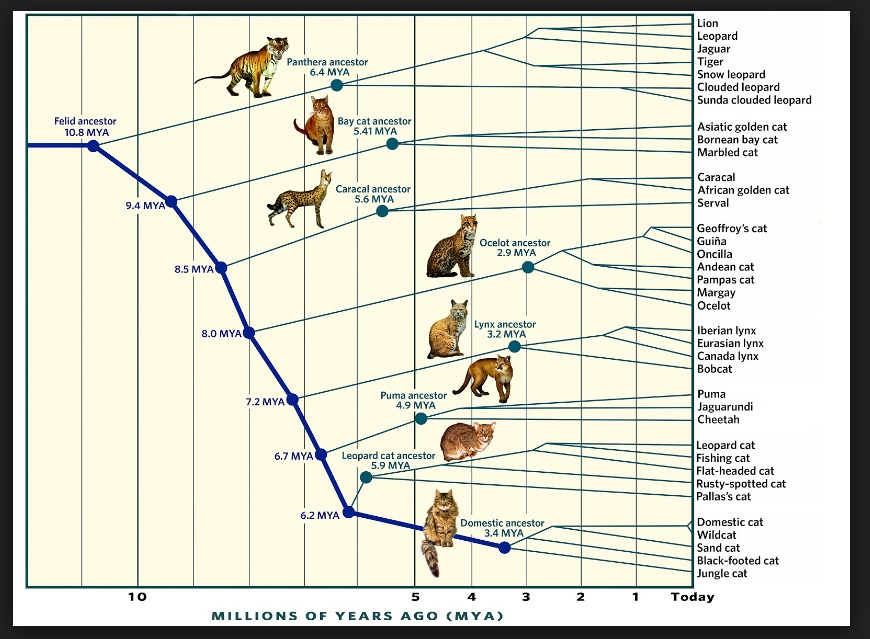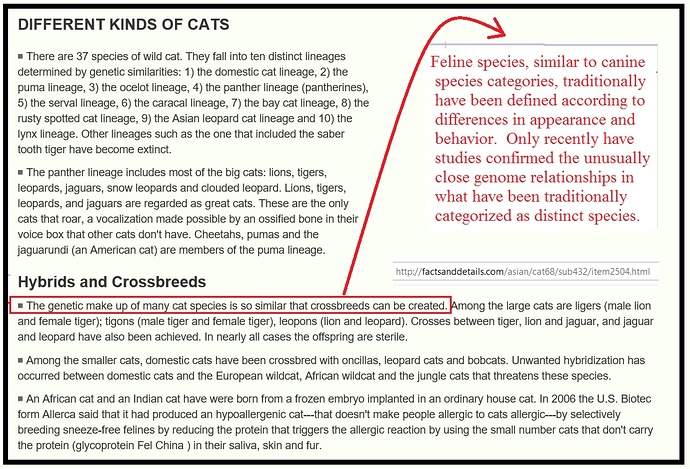Ecclesiastes 3:18-21
18 I also said to myself, “As for humans, God tests them so that they may see that they are like the animals. 19 Surely the fate of human beings is like that of the animals; the same fate awaits them both: As one dies, so dies the other. All have the same breath[c]; humans have no advantage over animals. Everything is meaningless. 20 All go to the same place; all come from dust, and to dust all return. 21 Who knows if the human spirit rises upward and if the spirit of the animal goes down into the earth?”
God created all that is visible and invisible – even I guess the heavenly beings and they cannot create as God does. So there is even something that exists that is beyond even creation, something even more fundamental than our minds can fathom or let alone imagine.
Somehow, God made a distinction with the human race (or maybe it was somewhere in the hominid chain), perhaps it was a blessing somewhere, I don’t know. Although still “physical”, maybe by analogy consider what happens in IT. When you move to a new flat, typically the apartment/house has the wiring for internet but no service. To get the service, you typically pay some “construction fee” and at some time in the day, suddenly it works. Yet no one actually came to your place to do any “construction”, someone somewhere types in some numbers into a computer. In this respect, absolutely nothing has changed in the hardware or the software of the entire network, yet now you can use the internet whereas before you could not. If God is even beyond creation, then maybe also we are perfectly natural and indistinguishable from any other creature in “hardware” and “software” (call it “wet-ware”), yet we still differ in some very subtle way.
What is different? Well, we can have this personal relationship with God, we have this awareness of God, we have this sense that there are things right and things wrong and that they are eternal somehow. In the same chapter, the Teacher writes “He has made everything beautiful in its time. He has also set eternity in the human heart; yet[a] no one can fathom what God has done from beginning to end.” (Ecc 3:11). I think you would agree that every bit of this is true. Somehow, we are not just like dogs who look to us, we are not like cats who think we worship them, we have the capacity for a relationship with this eternal God who is the alpha and omega and the source of all being. Is there something more than existence? I would say that even from our poor understanding of this universe (or maybe multiverse) existence, yes. At least if there is this God beyond “creation” (material) and even “being” (existence).
However, we are also of this world. It seems that God also wants us to remember that we are dust, we are mortal. The bugs and ourselves come from the same dirt. However, we are not ruled by dirt, we are ruled by a sovereign God. Like dirt, we can ignore God and live like the world (like the dirt), or we can chose to have that relationship with God who is beyond “creation” and even beyond “being”. Truly, this is a far bigger God than our tiny minds can fathom. Yet even in our hopelessly vast ignorance, we still grasp that God is there somehow. Isn’t that amazing? Why should such a God so unfathomable even care about us at all?
Psalm 8
3 When I consider your heavens,
the work of your fingers,
the moon and the stars,
which you have set in place,
4 what is mankind that you are mindful of them,
human beings that you care for them?[c]
(emphasis mine)


